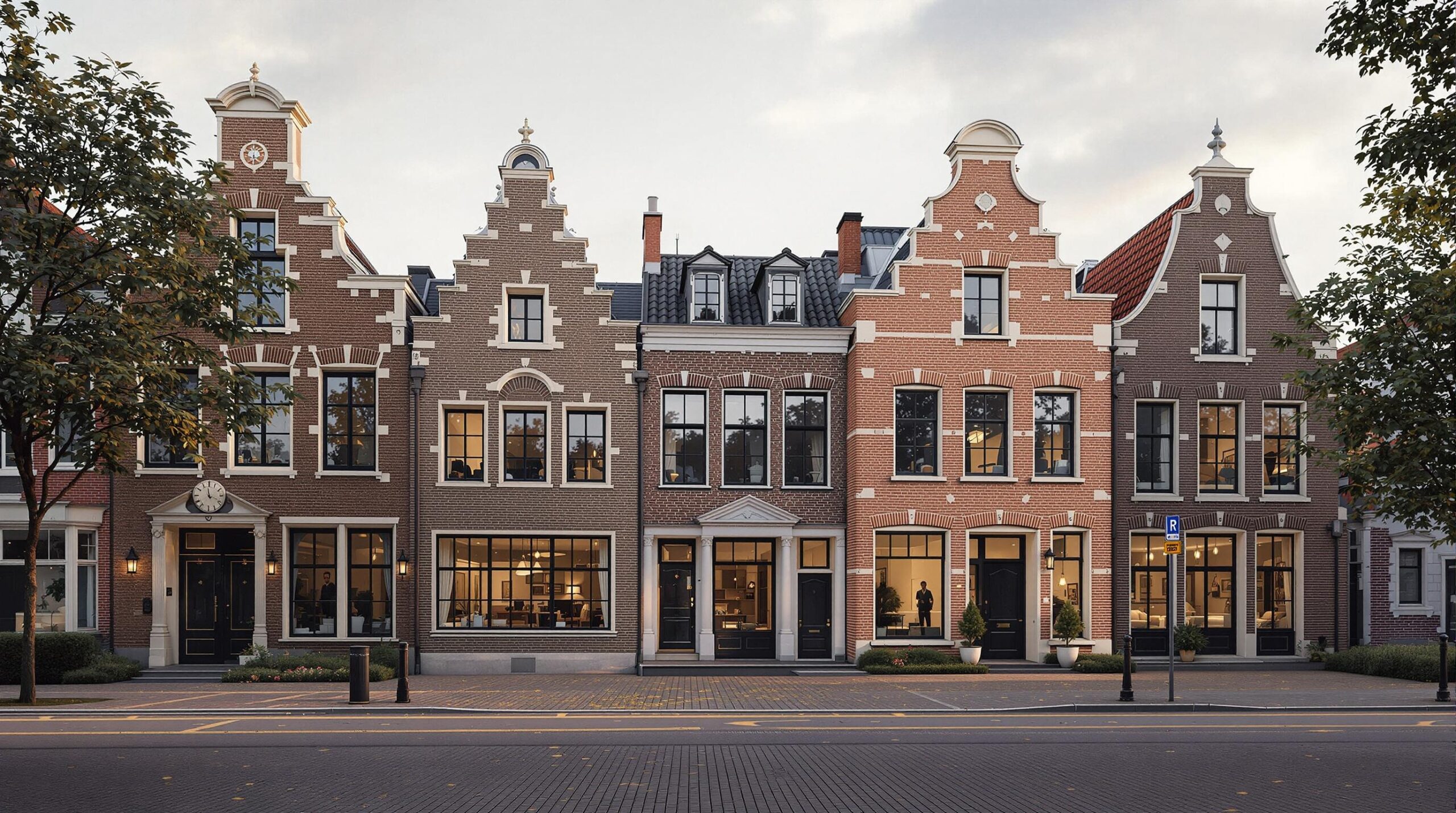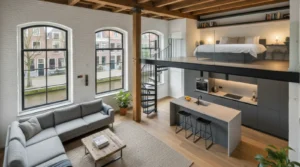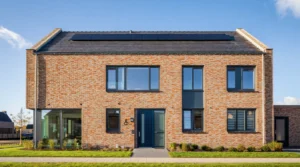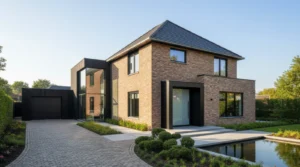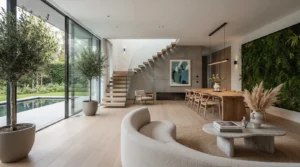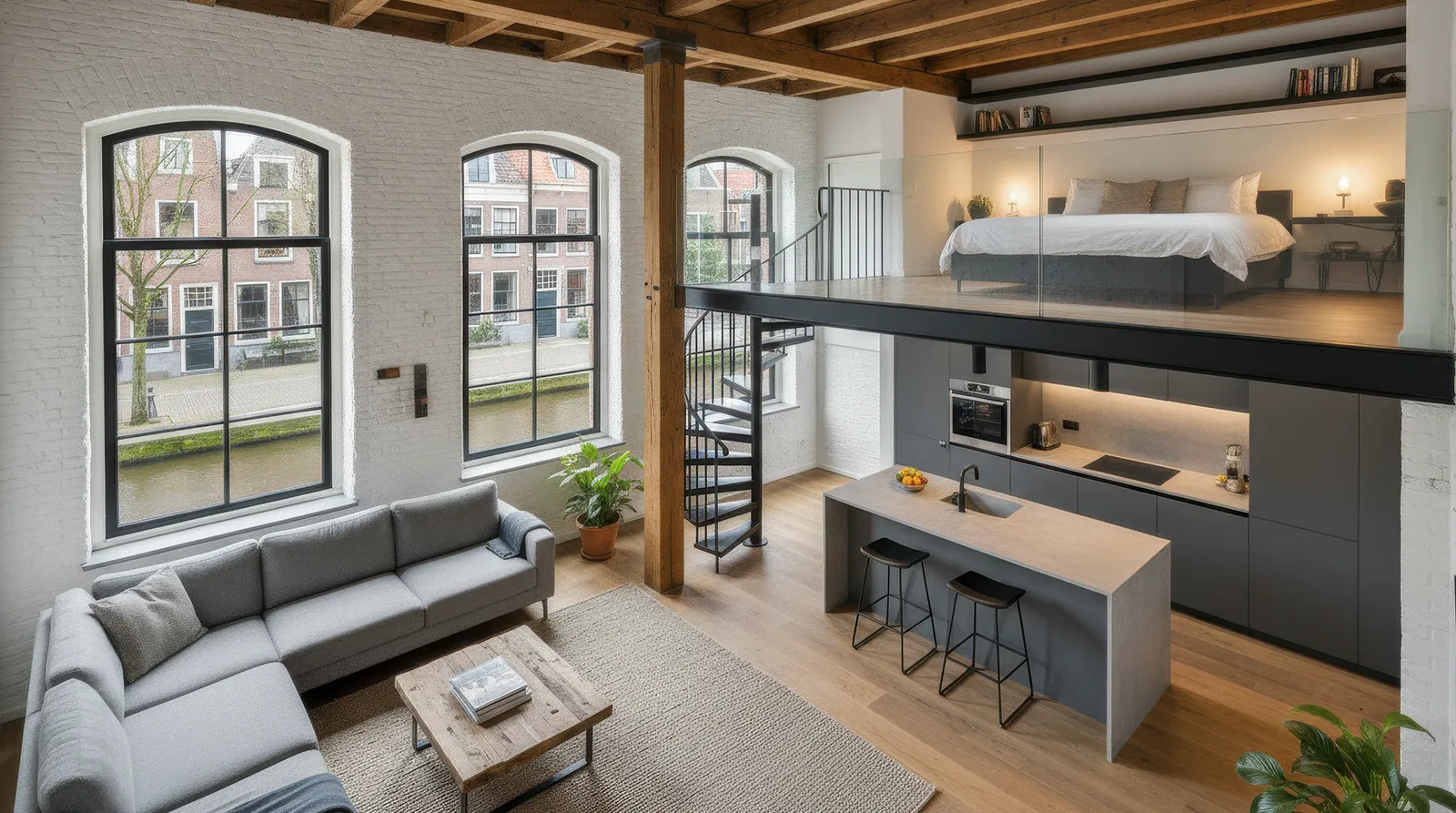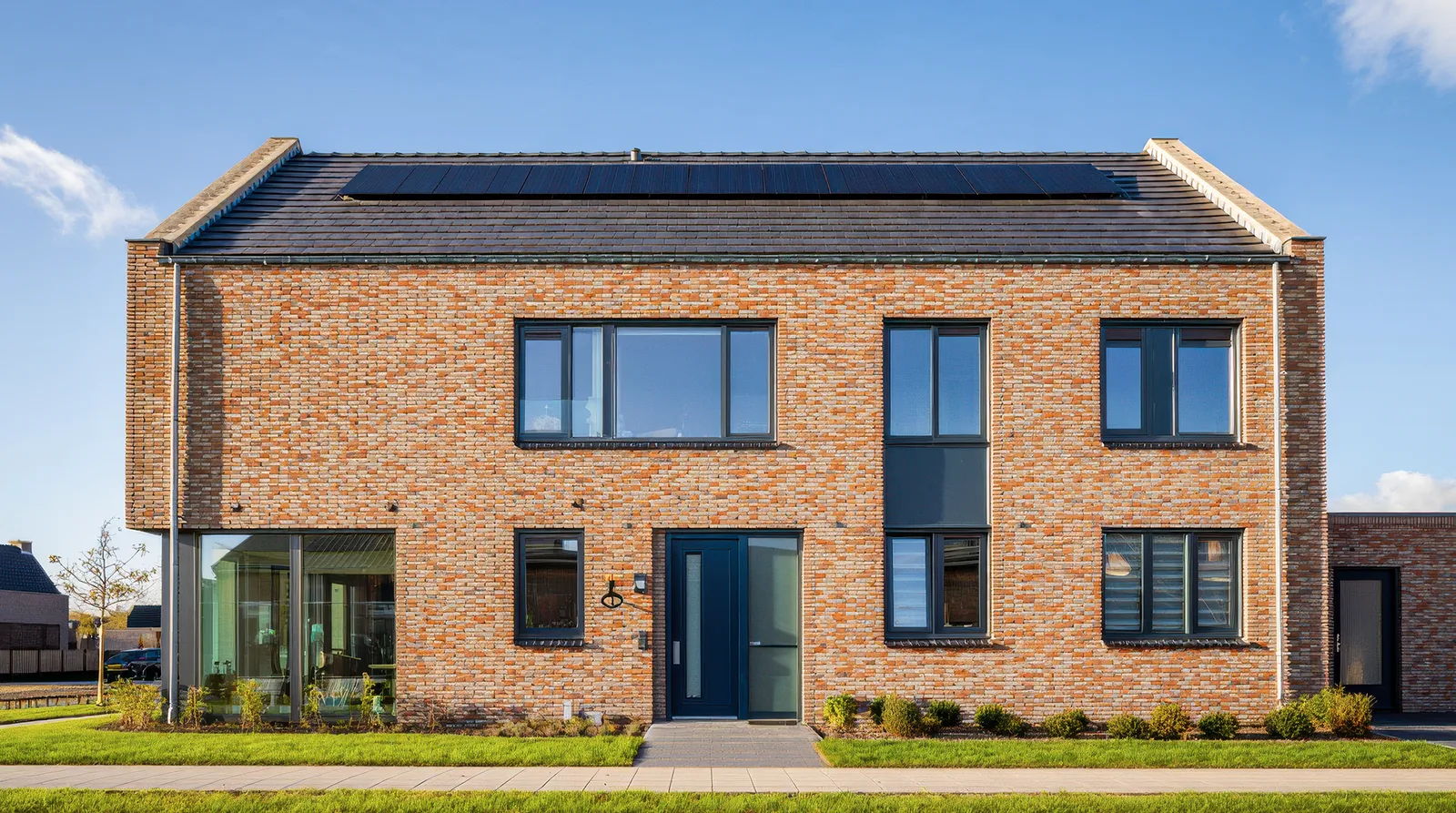Historic Preservation vs. Modern Upgrades: Finding the Right Balance
When it comes to renovating historic buildings in the Netherlands, homeowners and architects often face a dilemma: how to balance the need to preserve the building’s historic character with the desire to incorporate modern upgrades and amenities. This is a challenge that requires careful consideration of the building’s original design, materials, and cultural significance, as well as the needs and lifestyles of its current occupants. In this article, we will explore the importance of historic preservation in the Netherlands, the benefits of modern upgrades, and provide guidance on how to find the right balance between old and new.
Basic Concepts: Understanding Historic Preservation and Modern Upgrades
Before diving into the specifics of balancing historic preservation and modern upgrades, it is essential to understand the key concepts involved. Historic preservation refers to the practice of protecting and conserving buildings, monuments, and other structures of historical significance. In the Netherlands, this includes buildings that are listed as monuments (rijksmonumenten) or have been designated as protected cityscapes (beschermde stadsgezichten). Modern upgrades, on the other hand, refer to the incorporation of contemporary materials, technologies, and design elements into a building’s renovation or restoration.
Historic Preservation in the Netherlands: Regulations and Best Practices
In the Netherlands, historic preservation is regulated by the Ministry of Education, Culture and Science (Ministerie van Onderwijs, Cultuur en Wetenschap) and the Cultural Heritage Agency (Rijksdienst voor het Cultureel Erfgoed). These organizations provide guidelines and regulations for the conservation and restoration of historic buildings, including requirements for materials, techniques, and design. Homeowners and architects must work closely with these organizations to ensure that any renovations or upgrades comply with these regulations and respect the building’s historic integrity.
Some of the best practices for historic preservation in the Netherlands include:
- Conducting thorough research and documentation of the building’s history and original design
- Using traditional materials and techniques wherever possible
- Avoiding alterations that compromise the building’s historic character or cultural significance
- Consulting with experts and stakeholders, including architects, historians, and local community groups
Modern Upgrades: Benefits and Considerations
Modern upgrades can bring numerous benefits to historic buildings, including improved energy efficiency, enhanced comfort and livability, and increased property value. Some of the most common modern upgrades include:
- Installing double glazing and other energy-efficient windows
- Upgrading insulation and heating systems
- Integrating smart home technologies and automation systems
- Incorporating sustainable and eco-friendly materials and design elements
However, modern upgrades must be carefully considered to ensure that they do not compromise the building’s historic character or cultural significance. This may involve using sympathetic materials and design elements, minimizing visible alterations, and incorporating upgrades in a way that respects the building’s original layout and functionality.
Case Studies: Successful Balancing of Historic Preservation and Modern Upgrades
There are numerous examples of successful renovations and restorations in the Netherlands that balance historic preservation and modern upgrades. For instance, the renovation of the Rijksmuseum in Amsterdam, which incorporated modern upgrades while preserving the building’s historic character and cultural significance. Another example is the restoration of the canal houses in Utrecht, which involved the use of traditional materials and techniques to preserve the buildings’ historic integrity while also incorporating modern amenities and upgrades.
| Project | Location | Historic Preservation Elements | Modern Upgrade Elements |
|---|---|---|---|
| Rijksmuseum Renovation | Amsterdam | Preservation of original building façade, restoration of historic interiors | Installation of modern climate control systems, integration of smart lighting and security systems |
| Utrecht Canal House Restoration | Utrecht | Use of traditional materials and techniques, preservation of historic building layout | Incorporation of modern insulation and heating systems, installation of energy-efficient windows |
Practical Tips for Balancing Historic Preservation and Modern Upgrades
To ensure that your renovation or restoration project successfully balances historic preservation and modern upgrades, follow these practical tips:
- Work closely with experts and stakeholders, including architects, historians, and local community groups
- Conduct thorough research and documentation of the building’s history and original design
- Use sympathetic materials and design elements that respect the building’s historic character and cultural significance
- Minimize visible alterations and incorporate upgrades in a way that respects the building’s original layout and functionality
- Consider phasing your renovation or restoration project to prioritize the most critical historic preservation elements
Conclusion: Finding the Right Balance
In conclusion, finding the right balance between historic preservation and modern upgrades requires careful consideration of the building’s original design, materials, and cultural significance, as well as the needs and lifestyles of its current occupants. By understanding the key concepts involved, following best practices and regulations, and incorporating modern upgrades in a sympathetic and respectful manner, homeowners and architects can successfully balance historic preservation and modern upgrades in the Netherlands.
Remember to always work closely with experts and stakeholders, conduct thorough research and documentation, and prioritize the most critical historic preservation elements. With the right approach, you can create a beautifully restored and modernized historic building that respects its cultural heritage while also meeting the needs of its current occupants.

